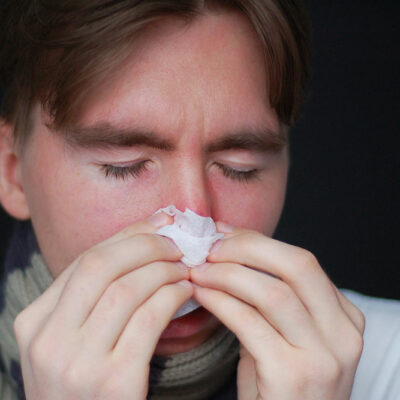
An Overview of Sleep Apnea
Sleep apnea is a condition in which a person’s breathing is interrupted repeatedly while they are asleep. It is often marked by noisy snoring, which is why many mistake sleep apnea and snoring to be the same condition, but that is not true. All sleep apnea episodes have snoring as a side-effect, but all episodes of snoring do not indicate sleep apnea. Sleep apnea is a serious disorder that can hamper sleep routine and lead to further complications in the long run.
The condition is more commonly diagnosed among men than in women. Women seem to mainly develop the condition post-menopause. Additionally, around 10% of people over the age of 65 years tend to suffer from sleep apnea.
1. Causes of sleep apnea
The main cause of sleep apnea in adults is obesity. Excess weight can cause the soft tissue of the throat to fall back and obstruct breathing. Some adults face sleep apnea due to incorrect brain activity that does not permit the nervous system to send the right signals for breathing. In children, sleep apnea may be caused due to an overbite or due to enlarged tonsils. Genetic conditions like Down Syndrome and Pierre-Robin Syndrome can also lead to an onset of sleep apnea in children.
In some cases, the presence of a tumor in the airways can lead to an onset of sleep apnea. Hypothyroidism can cause neck swelling, which could lead to sleep apnea. For some people, certain physical features interfere with their ability to breathe normally. These include having a thick neck or a narrow throat. A deviated septum can also lead to sleep apnea and snoring problems.
2. Symptoms of sleep apnea
Sleep apnea is commonly marked by the following symptoms:
- Snoring
- Fatigue and sleepiness through the day
- Dry throat
- Mood swings and irritability
- Insomnia and headache
- Occasionally waking up with a choking sensation
3. Complications associated with sleep apnea
Sleep apnea and snoring should be taken seriously, especially if they persist for a long period of time. Not getting sufficient sleep at night can cause drowsiness during the day and can even lead to confusion and lack of focus. In the long run, lack of sleep can lead to thyroid problems, heart disease, stroke, and even sudden death. This means any issue that obstructs a good night’s rest should be dealt with immediately.
4. Diagnosis and treatment
Sleep apnea is diagnosed at a sleep disorder center through a sleep study. The symptoms might also be due to other common health issues, and a doctor rules out these chances before the diagnosis of sleep apnea. The doctor may also recommend further tests, including EEG and ECG. Treatment for sleep apnea includes employing the help of breathing devices like CPAP as well as making lifestyle changes like losing weight and eating healthy. Some patients may need to undergo surgery to correct their jawline or nasal structure if those are causing breathing issues.


